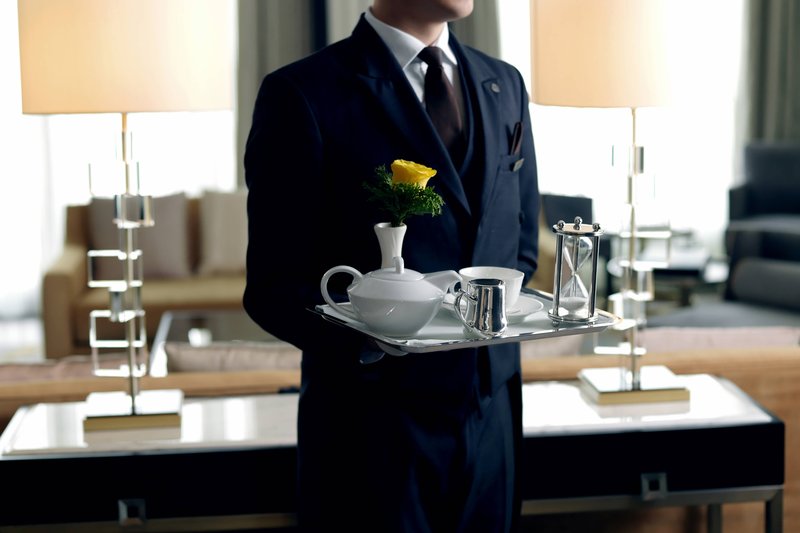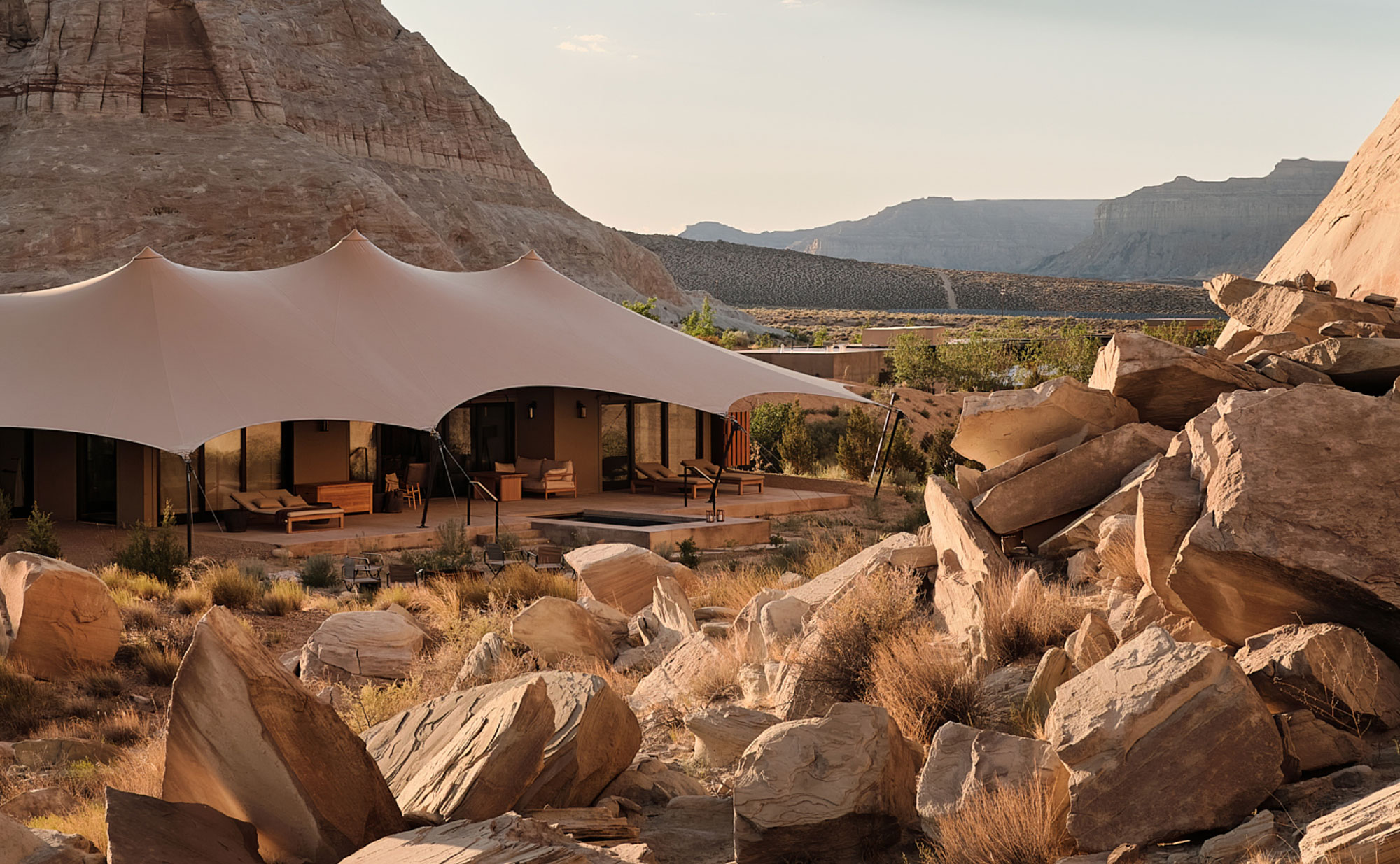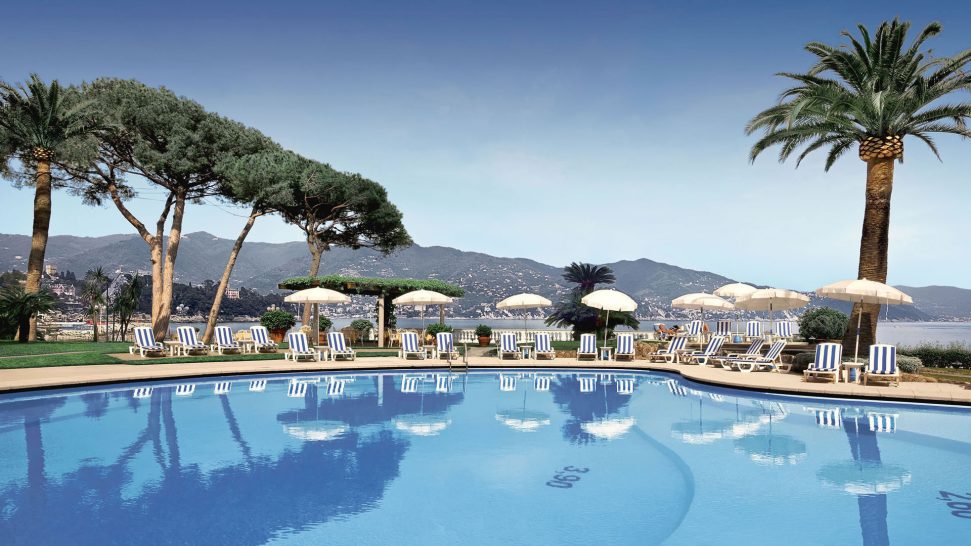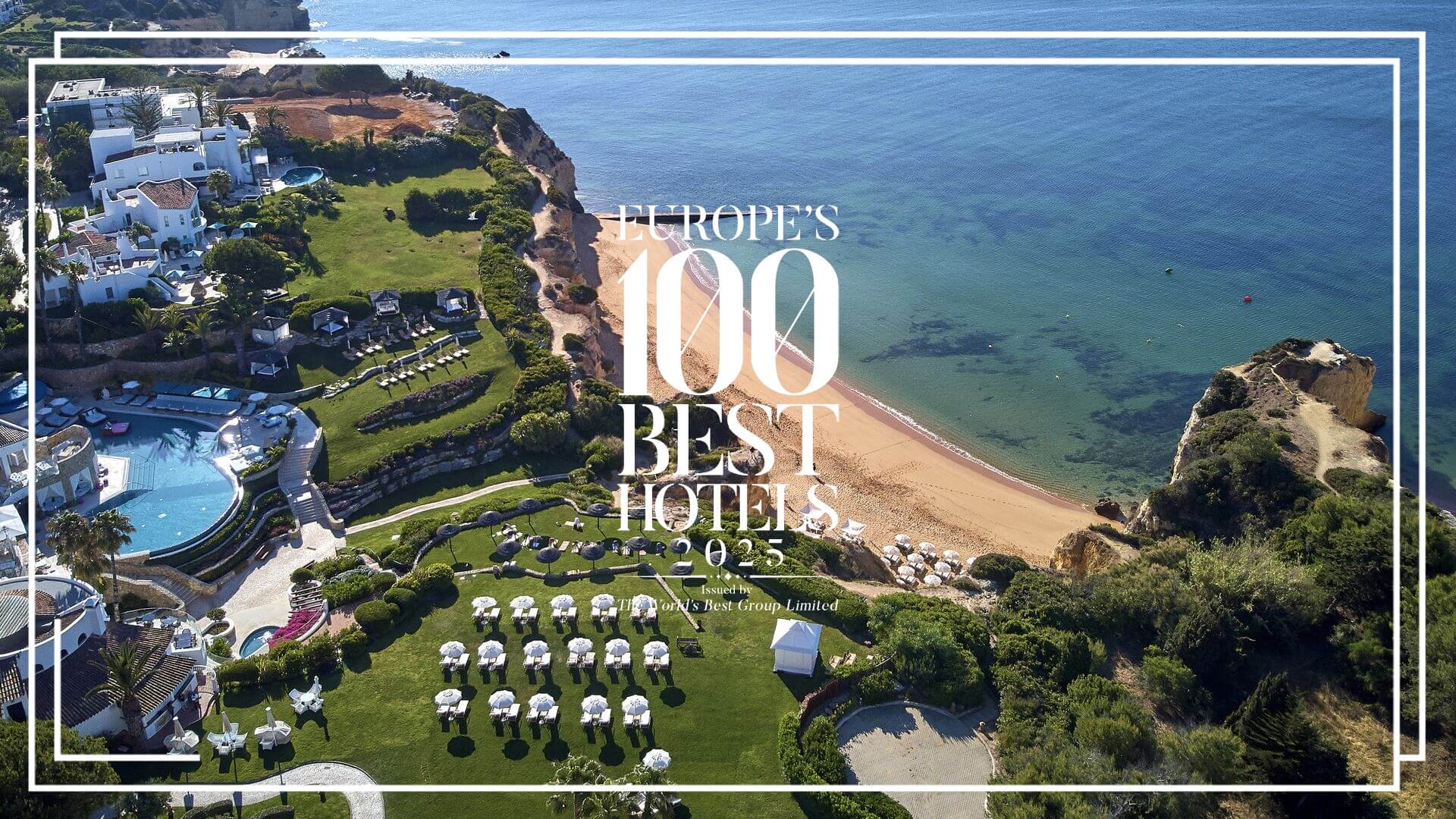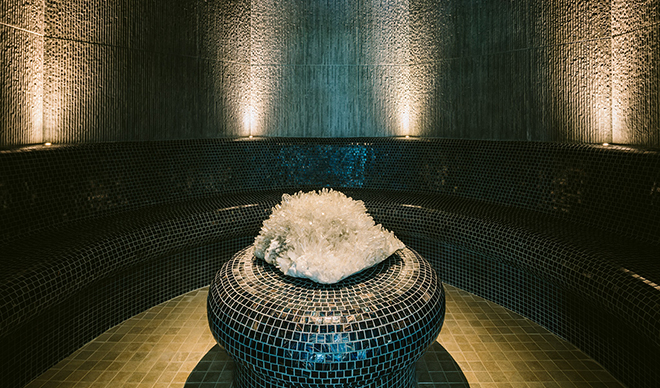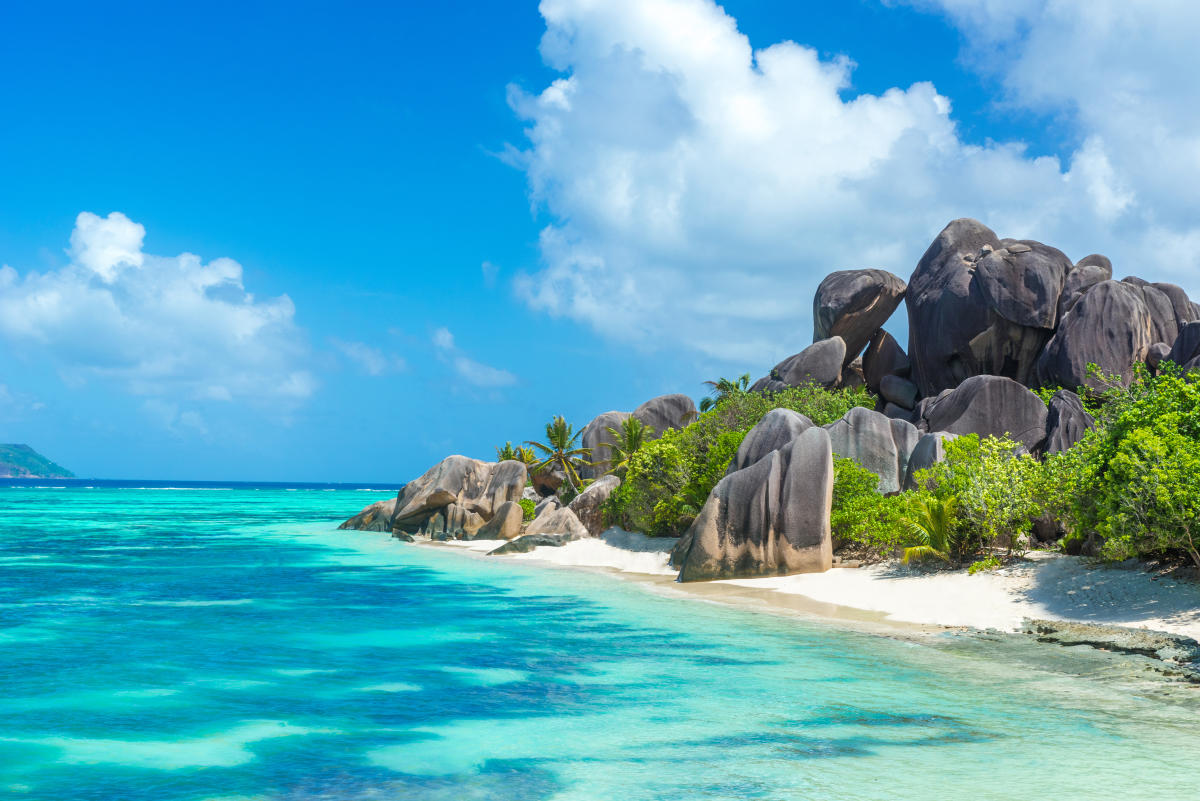Bars as Catalysts of Night-Time Economies in Global Cities
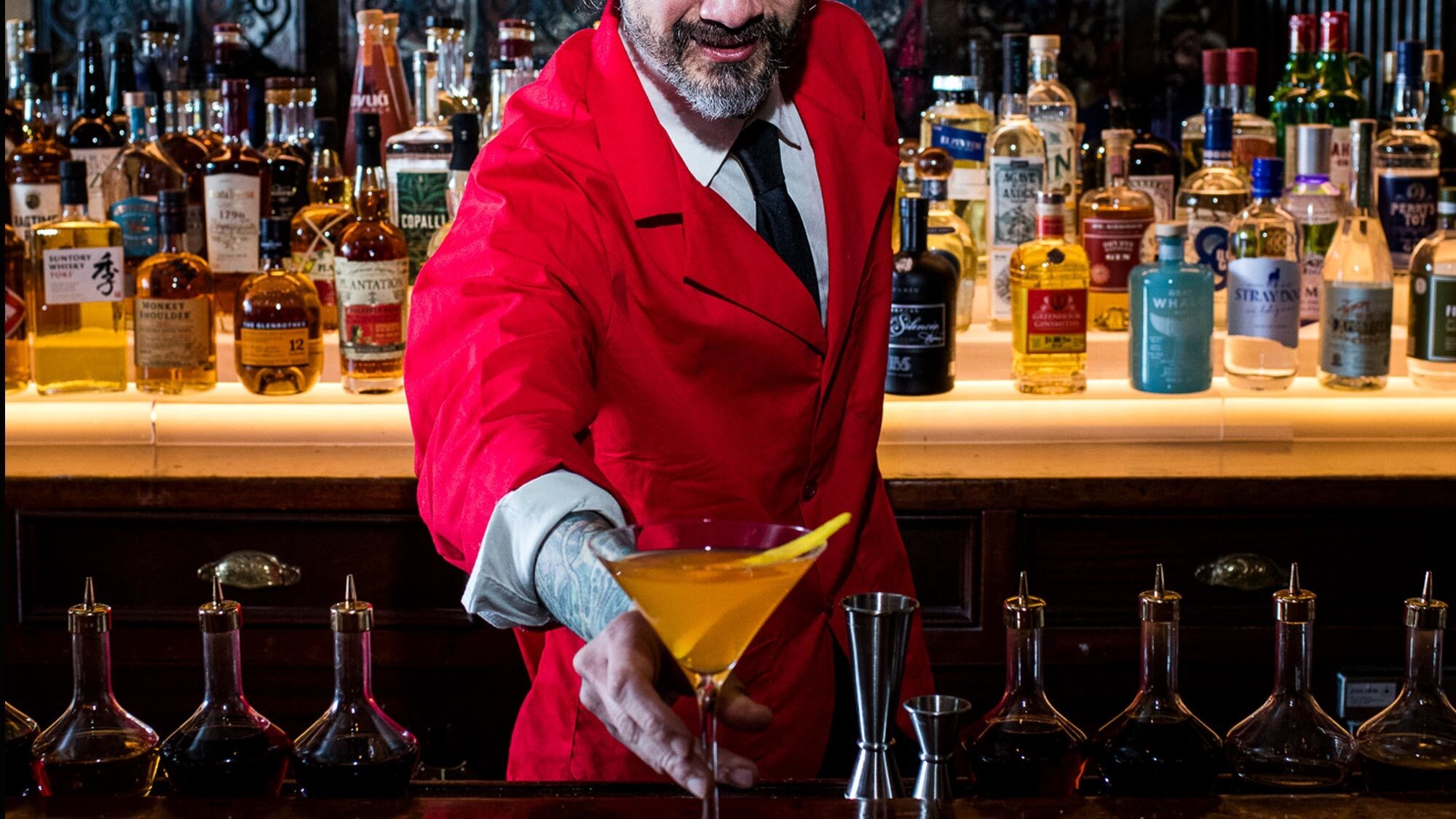
Feature · The World’s 100 Best Bars
Bars as Catalysts of Night-Time Economies in Global Cities
In cities where daylight commerce dominates headlines, it is often the night-time economy that sustains vibrancy, tourism, and culture. Bars—ranging from intimate speakeasies to towering rooftop icons—have emerged as catalysts of this after-dark infrastructure. Their influence reaches beyond cocktails: they create jobs, attract visitors, regenerate neighborhoods, and project a city’s identity on the global stage.
A. Bars as Economic Multipliers
- Direct Employment: Bartenders, sommeliers, hosts, and live performers fuel job creation.
- Tourism Anchor: Visitors often plan itineraries around globally ranked bars.
- Real Estate Impact: Vibrant nightlife increases property values in regenerated districts.
- Supply Chains: Partnerships with local breweries, distilleries, and farmers create regional ecosystems.
B. Neighborhood Regeneration
In cities from London’s Shoreditch to Hong Kong’s Soho, bars have acted as pioneering tenants that breathe new life into abandoned warehouses, historic townhouses, and waterfront zones. Their design blends heritage preservation with creative reinvention, attracting galleries, boutiques, and restaurants to follow.
“Bars are urban acupuncture—they can activate entire districts with a single spark.”
C. Global Case Snapshots
New York
Craft cocktail bars in Lower Manhattan doubled foot traffic in adjacent retail streets, extending tourism dwell time.
Barcelona
Speakeasies and vermouth bars fuel weekend economies, preserving traditional drinking culture while drawing global audiences.
Singapore
Rooftop mixology hubs become tourism billboards, featured in airline campaigns and international press.
Mexico City
Bartender collectives driving cultural revival, turning nightlife corridors into both economic and artistic ecosystems.
D. Cultural Capital & Social Value
Identity Projection
Signature cocktails and bar aesthetics become shorthand for city branding.
Creative Talent
Mixologists as cultural ambassadors, exporting local flavors to international stages.
Inclusivity
Bars fostering safe spaces for diverse communities, extending beyond economics to civic impact.
Night-time Tourism
Bar crawls and cocktail festivals contribute to year-round travel demand.
E. Measuring Night-Time Economy Impact
F. Challenges
- Noise and neighborhood tension.
- Balancing tourism with resident quality of life.
- Risks of over-commercialization diluting authenticity.
Governance Models
- Night mayors and dedicated nightlife councils mediating stakeholders.
- Licensing reforms supporting diversity of venues.
- Data-driven monitoring of social and economic impact.
Bars are no longer sidelines of nightlife—they are engines of urban economies. By shaping culture, catalyzing regeneration, and driving tourism receipts, they redefine how cities compete and collaborate on the world stage. The best bars serve not just drinks, but destinies.

